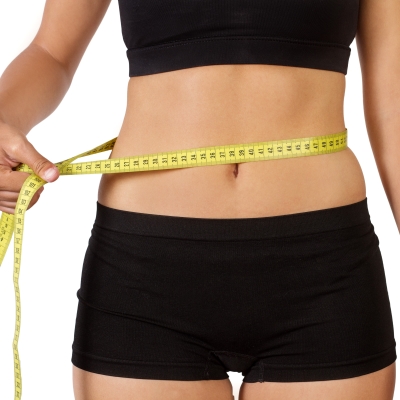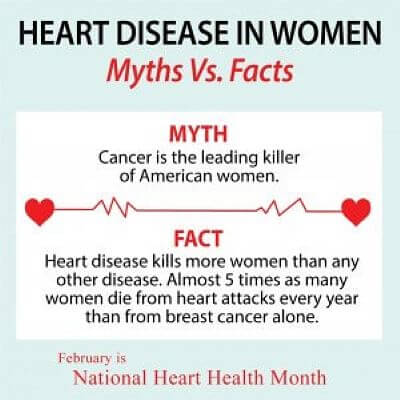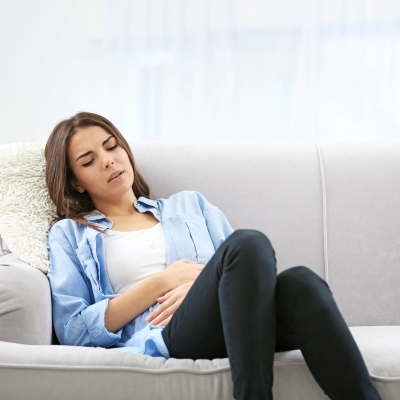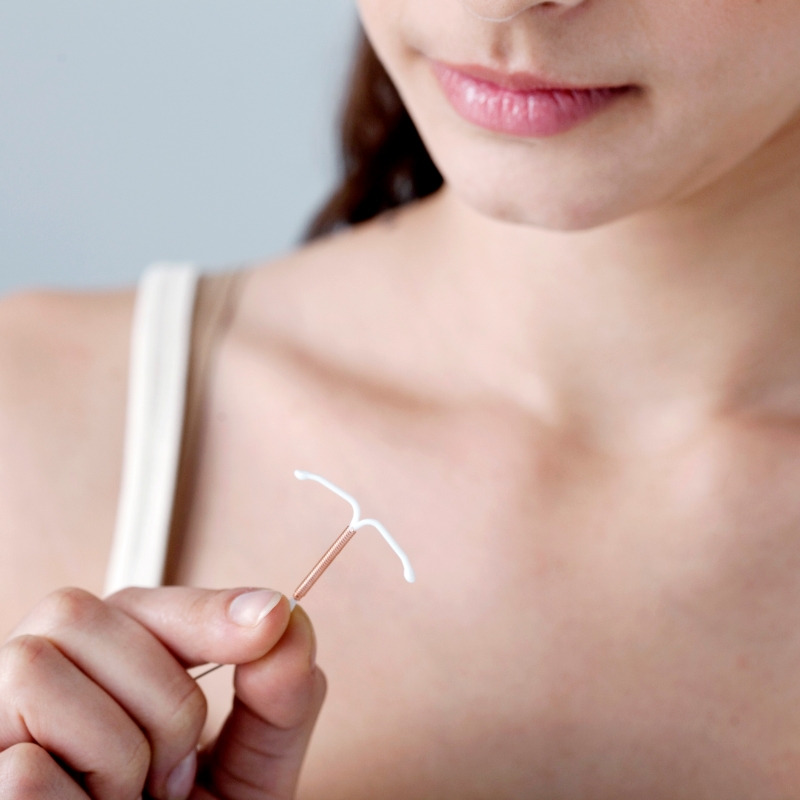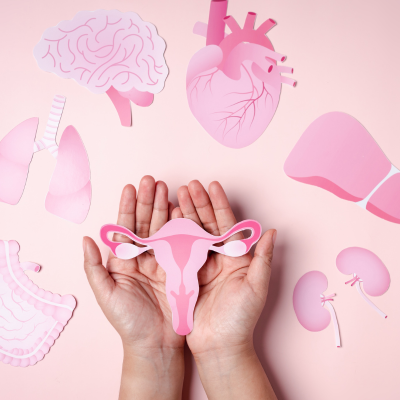Trying to Conceive: Your “Get-Pregnant” Checklist
Have you decided that it’s time to make your family of two an official family of three or more? The decision to start trying to get pregnant is exciting, but it’s easy for hopeful mamas to get discouraged after a few months without seeing those two little lines. Studies have shown the link between stress and a woman’s ability to conceive, so the first step in trying is an easy one—relax and enjoy the process. Preconception Counseling Visit Next, visit your doctor for a pre-pregnancy checkup. Also referred to as a preconception counseling visit, this appointment is your opportunity to discuss your current lifestyle, weight, medications and medical history with your doctor. Together, you discuss how all these factors affect your chances of getting pregnant. He or she can also recommend changes you can make to help you get pregnant faster. Here are some additional steps you can take to get pregnant sooner: Start taking a prenatal vitamin with folic acid. Start taking prenatal vitamins at least a month before you officially start trying to conceive. Most prenatals contain the 400 micrograms of recommended folic acid, but check the label just to make sure. Folic acid is also naturally found in leafy green veggies, citrus fruits, beans and whole grains, so doubling up is always a plus. Improve your diet. Healthy babies start with healthy moms. Try to avoid junk food and load up on fresh fruits and veggies, which will aid in both helping you maintain a healthy weight and give you the energy to maintain a baby-friendly exercise plan. Start limiting your caffeine intake. If you’re a 2-or-more-cup a day gal, it’s best to start cutting back, as the recommended daily intake of caffeine is 200 milligrams while pregnant. Have your teeth cleaned. A rise in hormones causes gums to bleed more often than usual during pregnancy, causing what’s known as pregnancy gingivitis. Get to know your cycle. Knowing when you ovulate will increase your chances of timing intercourse, which should be during the three to four days around your most fertile time of the month. There are lots of ways to track, including free apps for your phone or the good ‘ol fashioned way – with pen and paper. Quick Conception Numbers Overall, around 70% of couples will have conceived by 6 months, 85% by 12 months and 95% will be pregnant after 2 years of trying. Only about 8% to 10% of couples get pregnant within a one-month time frame, and the ‘per month’ rate for a normally fertile couple is around 20%. With all these facts and figures, it’s important not to stress out to give it time and try to relax and enjoy the time you have alone with your partner. By meeting with your physician during a preconception counseling appointment before you start the process of trying to conceive, you can ensure that every possible precaution is taken to prevent future problems throughout gestation, labor, delivery and even afterwards. Your peace of mind combined with our experience experience and expertise is our ultimate goal so that you may enjoy a safe and healthy pregnancy. Schedule an appointment online or call us today at 770-720-7733.


